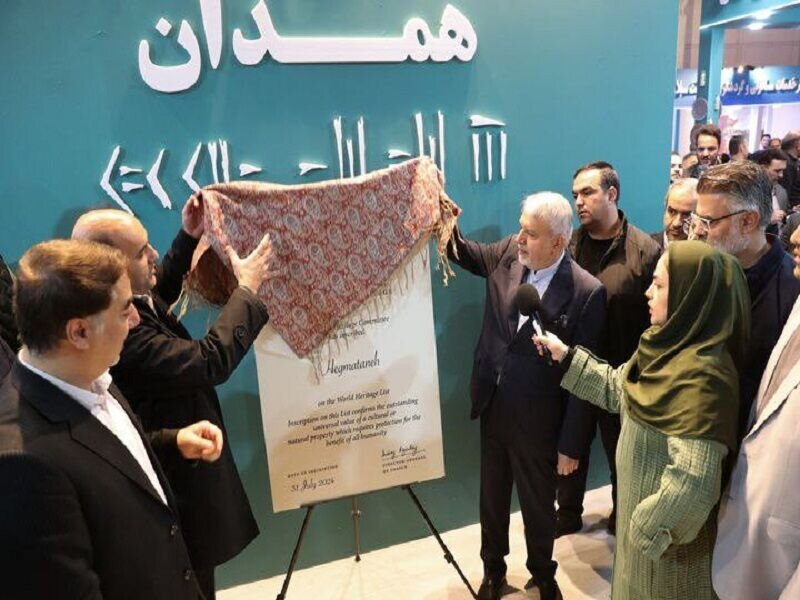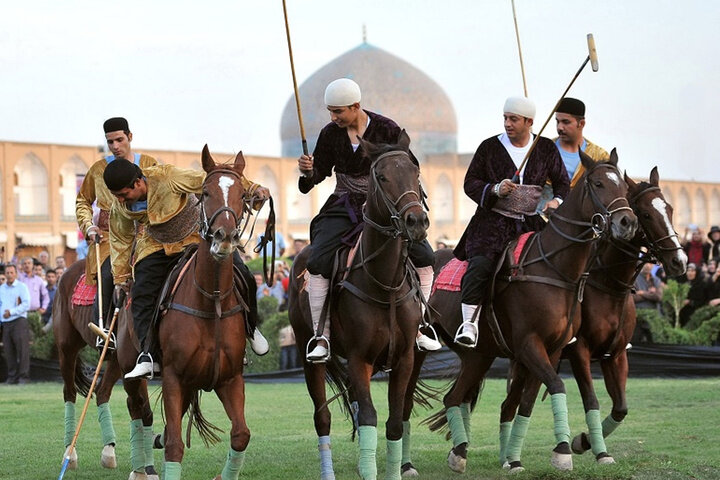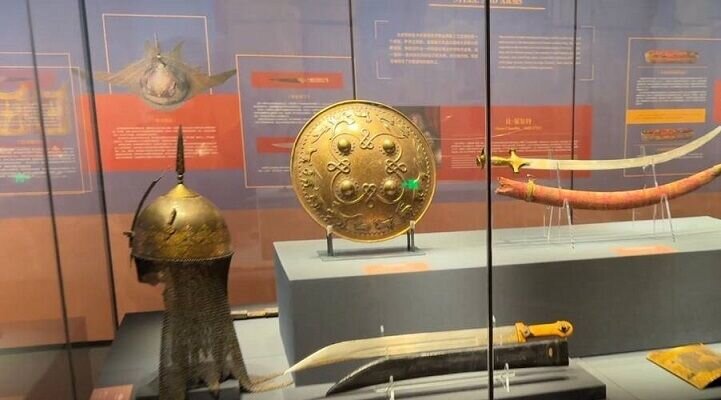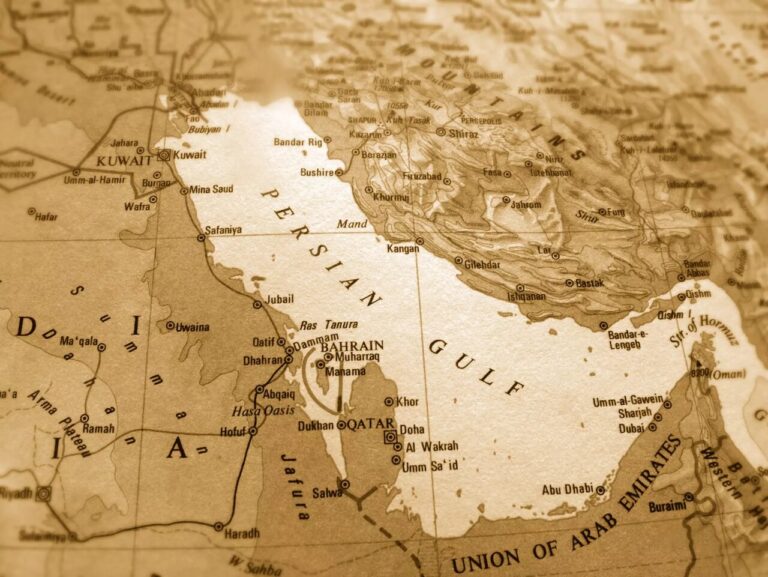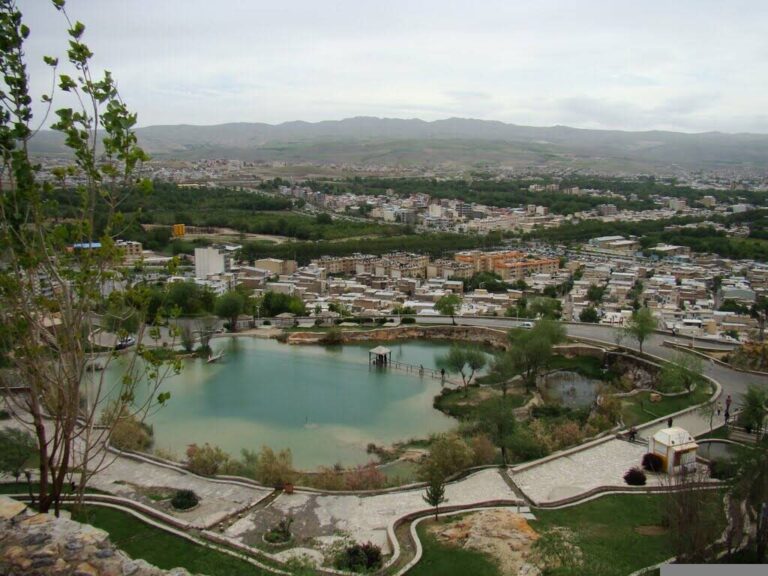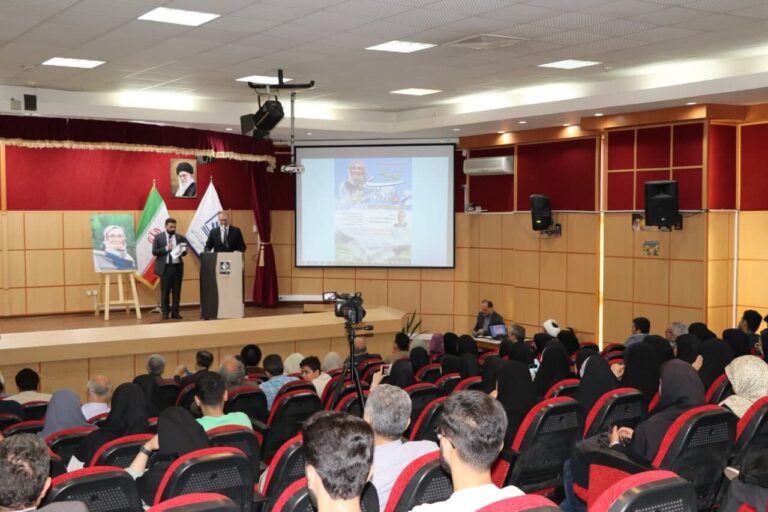Unveiling Ecbatana’s UNESCO Registration: A Highlight at the Tourism Fair!
In a significant development for Iran’s cultural heritage, the ancient city of Ecbatana has been officially recognized by UNESCO, enhancing its status as a vital archaeological site. This momentous unveiling occurred during the 18th Tehran International Tourism and Related Industries Exhibition, showcasing Iran’s commitment to preserving its rich history.
On Thursday, Iran’s Minister of Cultural Heritage, Tourism, and Handicrafts, Seyyed Reza Salehi-Amiri, along with several officials, presented the UNESCO registration document for Ecbatana at the Hamedan province pavilion. This event marked a pivotal moment in Iran’s efforts to protect and promote its cultural heritage.
Ecbatana, a site of significant archaeological and cultural importance, was inscribed on the UNESCO World Heritage list in July 2024. This recognition makes it the 28th globally acknowledged heritage site in Iran, reflecting the country’s diverse historical legacy.
During the ceremony, Salehi-Amiri highlighted the importance of conserving and promoting Iran’s historical landmarks. He remarked on Ecbatana’s role in showcasing the nation’s rich history and civilization to a global audience. He also appreciated the dedication of Hamedan’s tourism authorities in securing the site’s international recognition.
“This registration is a crucial step in introducing Iran’s deep-rooted cultural heritage to an international audience. It is our duty to protect and enhance the tourism infrastructure around these invaluable historical treasures,” said Salehi-Amiri.
Ecbatana is believed to have been the capital of the ancient Median Empire and remains one of Iran’s most significant archaeological sites. Its inclusion in the UNESCO list is anticipated to enhance tourism and bolster efforts in conservation. Below are key facts about Ecbatana:
- Historical Importance: Ecbatana served as the capital of the ancient Median Empire, playing a crucial role in Iran’s historical narrative.
- Archaeological Significance: The site offers rich archaeological deposits that provide insights into thousands of years of human civilization.
- Geographical Location: Ecbatana is situated in the suburban area of modern Hamadan, covering approximately 50 acres.
- Future Discoveries: Large portions of the site remain unexplored, presenting opportunities for future archaeological discoveries.
- Cultural Evolution: Ecbatana’s significance is enriched by its historical roles during various periods, including the Seleucid, Parthian, Sassanid, and Islamic eras.
The Tehran International Tourism and Related Industries Exhibition is one of the largest tourism events in Iran, providing a platform to showcase the country’s cultural and historical assets. The unveiling of Ecbatana’s UNESCO registration plate was a highlight of this year’s event, underscoring Iran’s commitment to safeguarding its rich heritage for future generations.
As tourism continues to grow in significance for Iran’s economy, the recognition of Ecbatana by UNESCO is expected to attract more visitors, researchers, and scholars. The site not only serves as a testament to the ancient civilization that once thrived there but also as a reminder of the importance of preserving such sites for future generations.
In conclusion, the recognition of Ecbatana as a UNESCO World Heritage site stands as a testament to Iran’s rich cultural heritage and its ongoing efforts to promote and preserve its historical treasures. This milestone not only enhances the visibility of Iran’s ancient sites but also contributes to the broader narrative of human civilization and cultural preservation.
